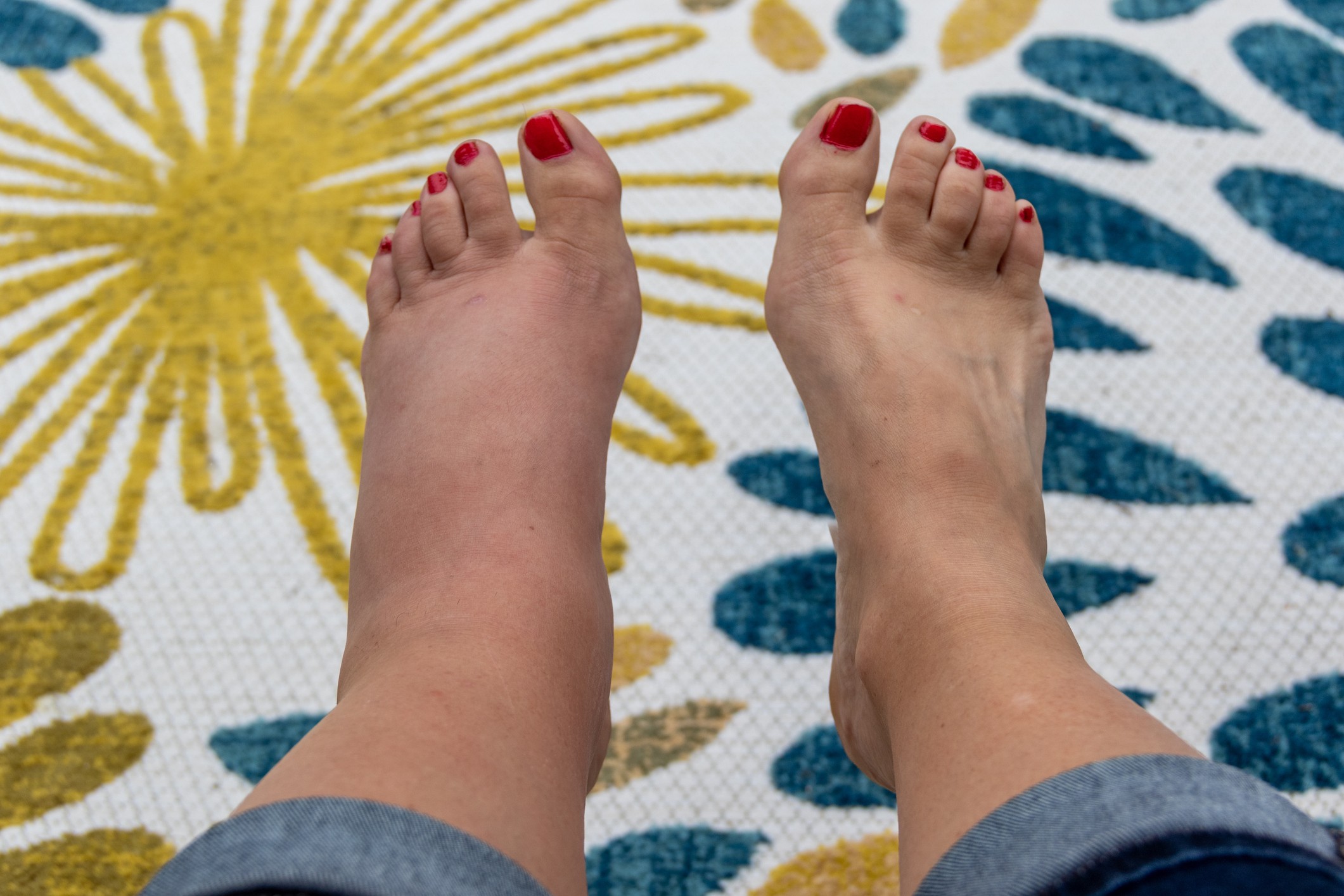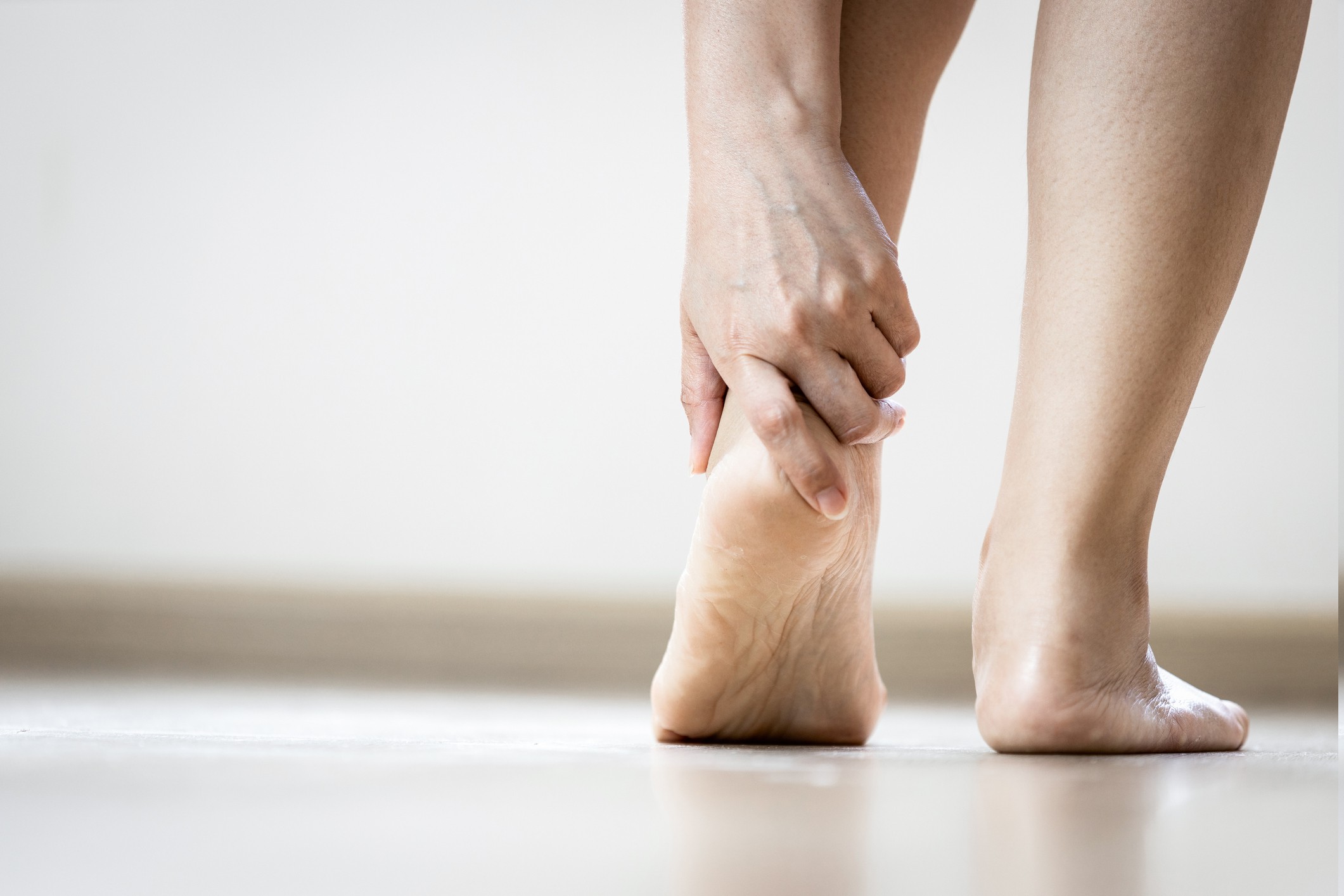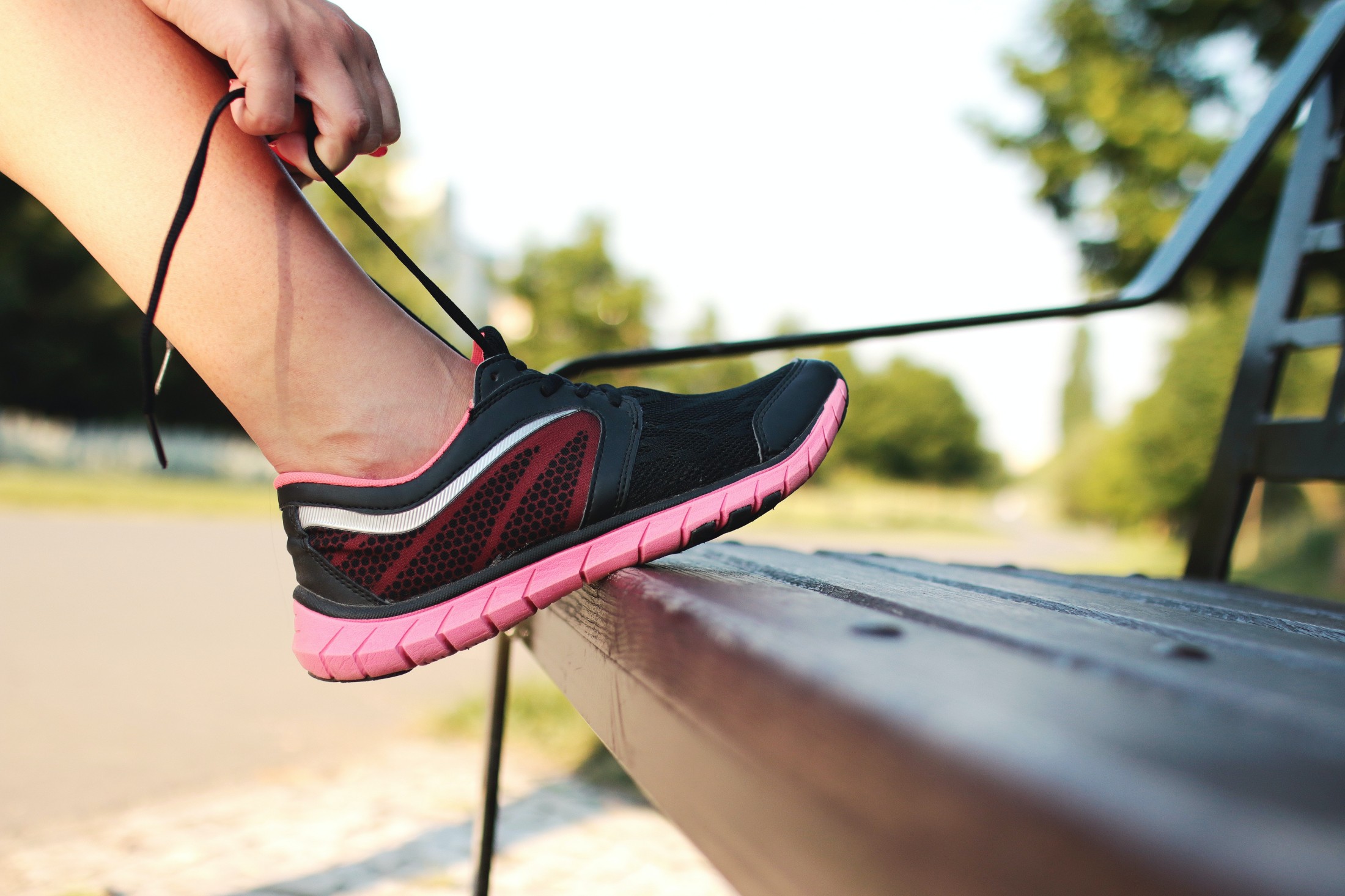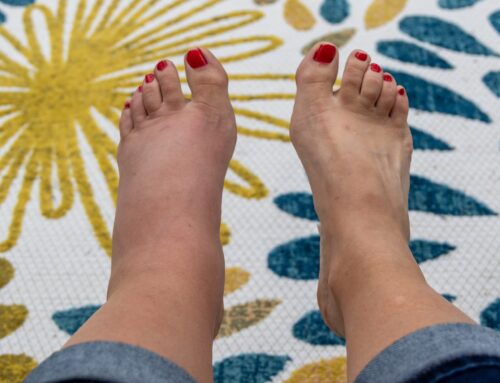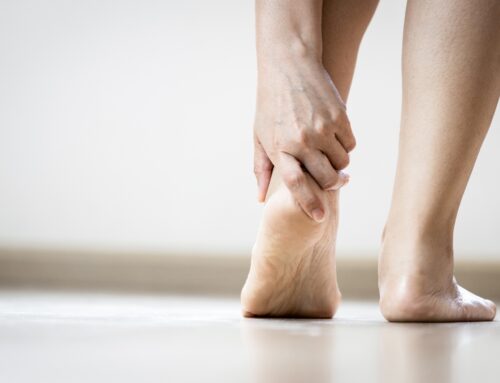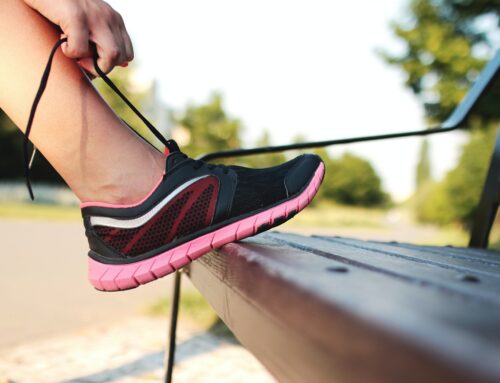Experiencing uncomfortable orthotics can be frustrating, especially when they’re meant to provide support and relief.
Why Orthotics Might Feel Uncomfortable
Orthotics are meant to provide customized support and relieve pain, but when they cause discomfort, it can be both confusing and frustrating. There are several reasons why your orthotics might feel uncomfortable, ranging from improper fit to the natural adjustment period. Understanding these potential issues is the first step in addressing the discomfort and ensuring your orthotics provide the intended relief.
Incorrect Fit
An incorrect fit commonly causes uncomfortable orthotics. We must precisely tailor orthotics to your foot’s unique shape and structure. When we don’t take accurate measurements or properly customize the orthotics, discomfort can result.
Signs that your orthotics may not be fitting correctly include:
- Persistent foot pain or discomfort, even after several days of use.
- Pressure points or blisters forming on your feet.
- Orthotics feeling too tight or too loose within your shoes.
- A sensation that your feet are not properly supported.
If you notice any of these signs, it’s important to revisit your specialist for a reassessment and potential adjustments to your orthotics.
Wear and Tear
Over time, orthotics can wear down, losing their shape and effectiveness. Aging or damaged orthotics are another common cause of discomfort. As materials degrade, the support they provide diminishes, leading to pain and discomfort.
Some indicators that it might be time to replace your orthotics include:
- Visible signs of wear, such as cracks or thinning in the orthotic material.
- Reduced comfort or support that you once experienced with the orthotics.
- Increased foot pain that develops over time rather than improving.
To avoid discomfort caused by wear and tear, it’s important to regularly inspect your orthotics and replace them as needed. Most orthotics should be evaluated annually to ensure they are still providing the necessary support.
Inappropriate Footwear
Wearing the wrong shoes with your orthotics can also lead to discomfort. Orthotics are designed to work in tandem with supportive footwear, and when they’re paired with unsuitable shoes, they may not function as intended.
Common issues include:
- Shoes that are too tight or too loose, causing the orthotics to shift.
- Lack of proper arch support in the shoes, negating the benefits of the orthotics.
- Shoes that are not designed for orthotic use, such as certain types of casual or fashion footwear.
To ensure comfort, it’s important to wear shoes that complement your orthotics. Look for footwear with adequate space, good arch support, and a firm heel counter. Athletic shoes or specialized orthopedic footwear are often the best options.
Adjustment Period
A natural adjustment period is often required when you start using new orthotics. It’s common to experience some initial discomfort as your feet adapt to the new support. However, this discomfort should gradually decrease over time.
To ease into wearing new orthotics:
- Start by wearing them for short periods each day, gradually increasing the duration.
- Monitor how your feet feel and give them time to adjust to the new support.
- Consult your specialist if discomfort persists beyond the expected adjustment period.
Solutions to Improve Comfort
If you’re dealing with uncomfortable orthotics, there are several steps you can take to alleviate the discomfort and get back on track. Addressing the root cause of the discomfort is key to ensuring that your orthotics provide the relief and support they are designed to offer.
Revisit Your Specialist
One of the most effective steps to take if your orthotics are uncomfortable is to revisit your specialist. Orthotics are highly personalized devices, so if they’re not providing the comfort you need, consult with a professional.
A specialist can:
- Assess the Fit: They will evaluate how well your orthotics fit and identify any issues that may be causing discomfort.
- Make Adjustments: Minor modifications to the orthotics can make a significant difference in comfort. Your specialist may trim, reshape, or add padding to improve the fit.
- Replace if Necessary: If the orthotics are beyond adjustment or have become worn out, your specialist can recommend a replacement to ensure continued support.
Regularly consult your specialist, especially if you experience persistent discomfort. They can fine-tune your orthotics to better meet your needs.
Consider Custom-Made Orthotics
Custom-made orthotics offer a tailored solution that can significantly enhance comfort. Unlike over-the-counter options, custom orthotics are specifically designed to match the unique contours of your feet.
The benefits of custom-made orthotics include:
- Perfect Fit: We create custom orthotics using detailed measurements and molds of your feet, ensuring a precise fit that meets your specific needs.
- Targeted Support: Custom orthotics correct specific issues like arch problems, flat feet, or overpronation, providing targeted support where it’s needed most.
- Enhanced Comfort: The personalized design minimizes pressure points and reduces the risk of discomfort, making them a better option for long-term wear.
Proper Maintenance
Maintaining your orthotics is important to prevent discomfort over time. Just like any other medical device, orthotics require regular care and attention to remain effective.
Tips on maintaining your orthotics:
- Clean Regularly: Wipe down your orthotics with a damp cloth to remove dirt and sweat. Avoid soaking them in water or using harsh chemicals.
- Check for Wear: Regularly inspect your orthotics for signs of wear, such as cracks, thinning, or loss of shape. Address any issues immediately to prevent discomfort.
- Store Properly: When not in use, store your orthotics in a dry, cool place away from direct sunlight or heat sources, which can degrade the materials.
- Schedule Check-Ups: Regular check-ups with your specialist are important to ensure that your orthotics continue to fit and function properly. They can make any necessary adjustments to maintain comfort.
When to Seek Professional Help
While orthotics enhance comfort and support, discomfort may sometimes indicate a more serious issue that needs professional attention. Recognizing the signs that you need to consult a healthcare professional is crucial to preventing further complications and ensuring your orthotics are working effectively.
Persistent Pain or Discomfort
If you experience ongoing pain or discomfort while wearing your orthotics, despite giving them time to adjust, it’s a clear sign that something isn’t right. Persistent discomfort may indicate that the orthotics are not properly aligned with your foot’s needs, or there could be an underlying issue that needs addressing. In such cases, consulting a specialist is essential to identify the problem and make necessary adjustments or replacements.
Development of New Symptoms
Don’t ignore new symptoms like blisters, calluses, or unusual pressure points. These could indicate that your orthotics aren’t fitting correctly or are causing friction in areas they shouldn’t. A healthcare professional can assess these symptoms and determine whether your orthotics need modification or if an alternative solution is necessary.
Difficulty Walking or Standing
Orthotics should make walking and standing easier, not more difficult. If you find that wearing your orthotics is causing you to alter your gait, stumble, or experience discomfort while standing, it’s time to seek professional help. Difficulty in these basic movements suggests that the orthotics may be misaligned, too rigid, or not providing the necessary support.
Changes in Foot Shape or Condition
Any noticeable changes in the shape of your feet, such as swelling, arch collapse, or significant changes in foot alignment, should prompt a visit to your specialist. These changes can affect how your orthotics fit and function. A healthcare professional can assess these developments and recommend modifications to your orthotics or suggest a different treatment approach.
Worsening of Existing Conditions
If you were prescribed orthotics to address specific foot conditions, such as plantar fasciitis or flat feet, and notice that these conditions are worsening rather than improving, it’s important to consult a professional. This could indicate that your orthotics aren’t addressing the issue as intended, so adjustments may be necessary.
Taking the Next Step Towards Comfort
Addressing discomfort from orthotics is essential for maintaining your foot health and overall well-being. By understanding the common causes of discomfort—such as incorrect fit, wear and tear, inappropriate footwear, and the natural adjustment period—you can take proactive measures to alleviate any issues. Revisiting your specialist for adjustments, considering custom-made orthotics, and practicing proper maintenance are all effective steps to improve the comfort of your orthotics.
If you’re experiencing persistent discomfort, don’t hesitate to seek professional help. Ignoring the signs could lead to further complications, and timely intervention can make all the difference.
At Care-Med LTD, we dedicate ourselves to ensuring your orthotics provide the support and relief you need. Contact us if your orthotics are uncomfortable, and explore the personalized solutions that can help you step into comfort and confidence.
Share This Story, Choose Your Platform!
Table of Contents
We specialize in orthotics, body braces, and compression wear tailored to your unique needs in Toronto. Reach out to us at info@caremed.care or call 416-782-5353 to book your fitting and consultation.
Experience the difference of customized solutions designed just for you.


